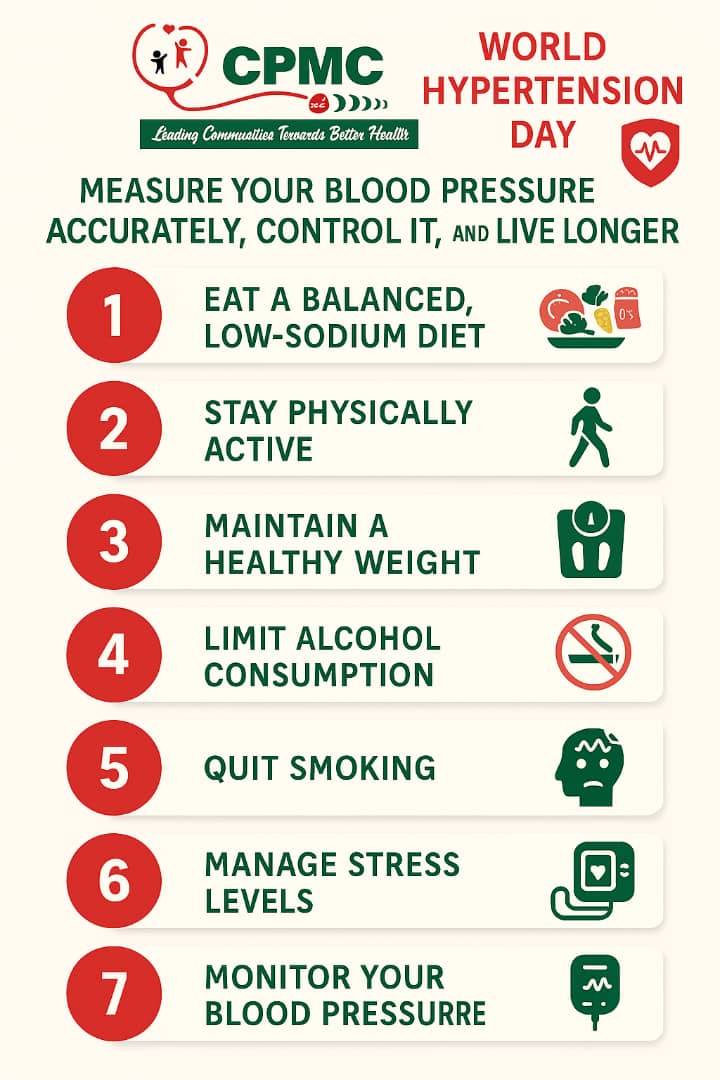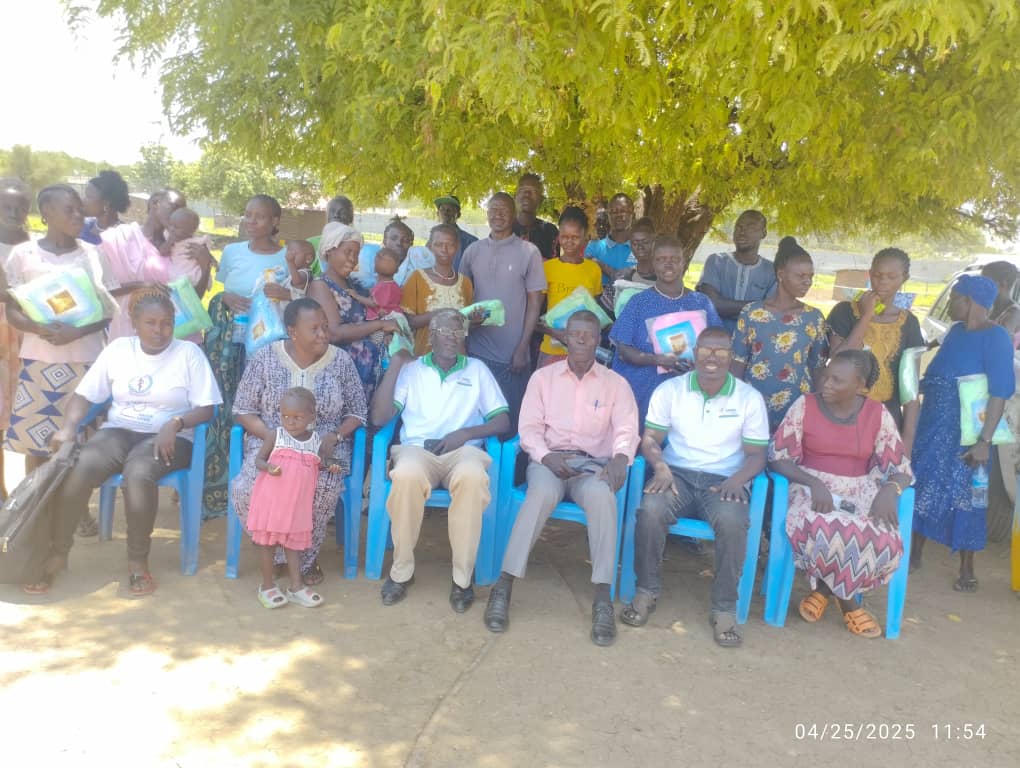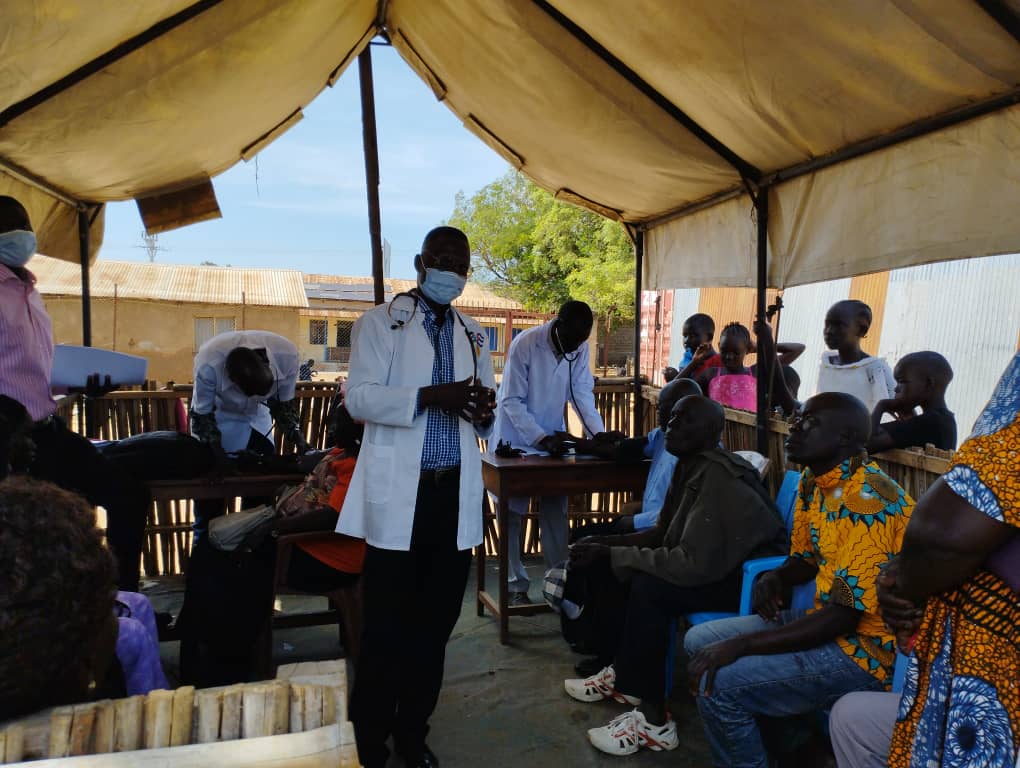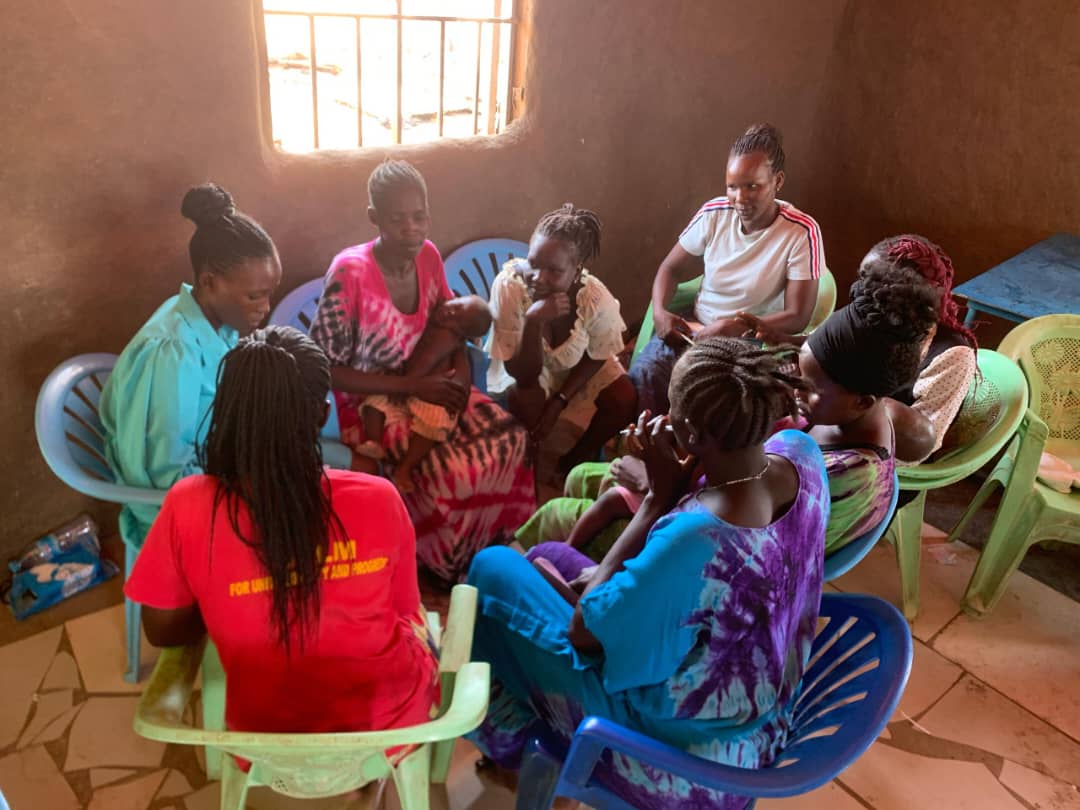
Introduction:
A healthy home is the foundation of a healthy community. At last week’s CHE workshop in Nakitun, participants learned how small, practical changes can create safer, cleaner, and more hygienic living spaces.
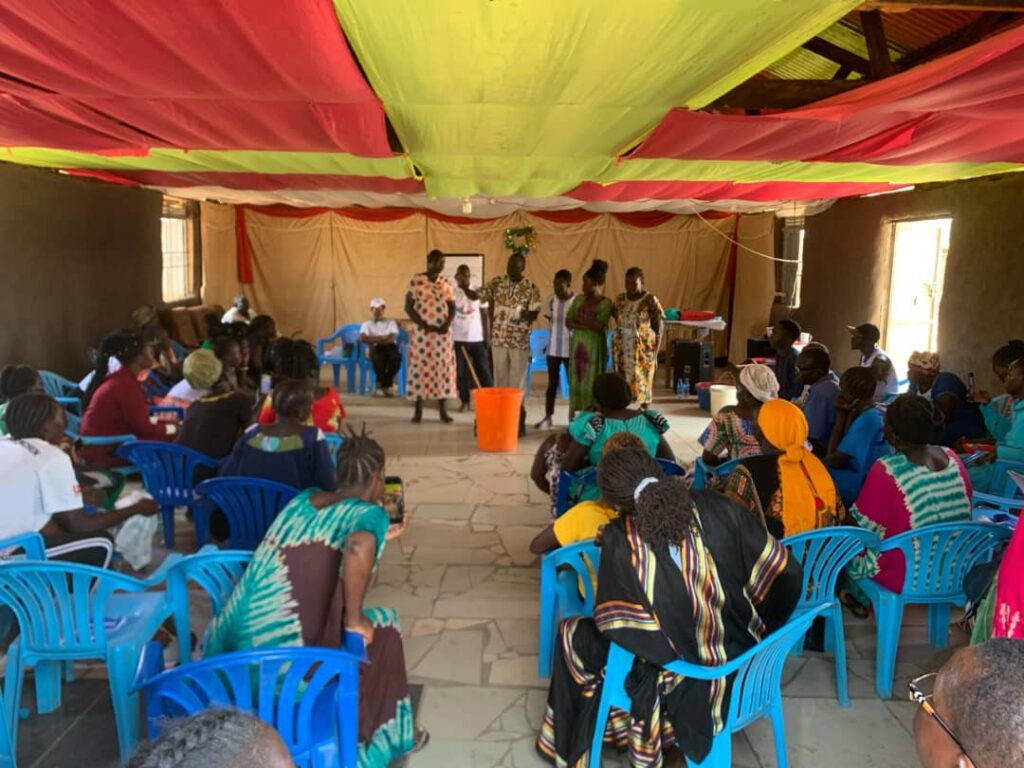
What Makes a Home Healthy?
A healthy home is more than just a clean house—it’s a space that promotes physical, mental, and emotional well-being. During the workshop, participants explored key elements of a healthy home, including:
- Proper Waste Management:
Composting organic waste and separating plastics reduce pollution and prevent disease. - Hygiene Practices:
Using dish racks, mosquito nets, and clean water sources can significantly improve a family’s health. - Nutrition:
Growing kitchen gardens ensures access to fresh, nutritious food.
Workshop Activities:
- Building Dish Racks:
Participants learned how to construct simple, affordable dish racks to keep utensils clean and dry. - Creating Compost Pits:
Composting not only reduces waste but also provides nutrient-rich soil for gardening. - Using Mosquito Nets:
Proper use of mosquito nets was demonstrated to prevent malaria, a major health concern in South Sudan.
Success Stories:
- Sarah’s Kitchen Garden:
Sarah, a workshop attendee, was inspired to start a kitchen garden at home. “I’ve already planted tomatoes and spinach,” she shared. “My children love the fresh vegetables, and I feel proud to provide for my family.” - John’s Compost Pit:
John, a community leader, built a compost pit after the workshop. “It’s amazing how something so simple can make such a big difference,” he said.
The Bigger Picture:
Healthy homes lead to healthier communities. By teaching families how to create safe and hygienic living spaces, CHE is addressing the root causes of many health issues.
Conclusion:
The Nakitun workshop showed that building a healthy home doesn’t require expensive tools or resources—just knowledge and a willingness to change.
